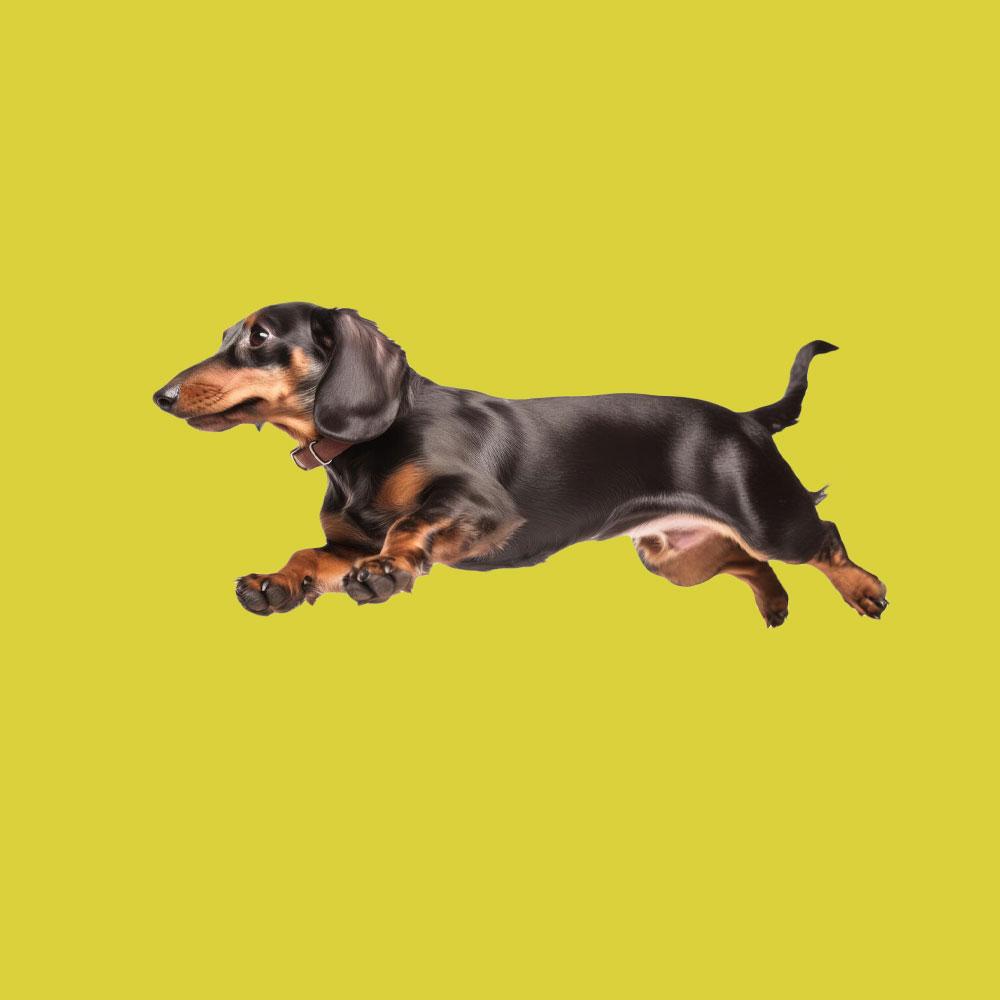Intervertebral Hernia
An intervertebral hernia is an inflammatory disease that causes deformation of the intervertebral disc, rupture of the fibrous ring, and protrusion of the nucleus outside the body of the vertebra. Treatment depends on the severity of the condition. Veterinarians use anti-inflammatory drugs to treat mild cases, and surgery to manage severe cases.
Limbs Deformation
Deformation of limbs develops due to improper growth of bones. This process can cause not only a visible change in the shape of the limbs but also pain and lameness. Based on consultation with the veterinarian, corrective surgery may be necessary to return the deformed bone to its original position. Keeping your important member of the family within a healthy weight range is critical to preventing the problem.
Valvular Heart Disease
Valvular heart disease is caused by a change in the function of the heart apparatus, which can be both congenital and acquired. A distinction is made between types of valvular heart disease such as valvular stenosis (a condition in which the heart valve does not close completely and blood has to pass through a narrow opening, causing the heart to work harder) and valvular insufficiency (a condition in which the valve leaflets do not close completely between the chambers of the heart) the existing hole and as a result the backflow of blood begins).
Cushing’s Syndrome
Cushing’s syndrome is a hormonal disorder caused by excess secretion of cortisol by the adrenal glands. Cushing’s syndrome is also often referred to as hypercorticism. To prevent the disease, weight control, and a balanced diet are of particular importance. Treatment of Cushing’s syndrome depends on the cause of the disease and may require surgery along with medication.
Dry Eyes
Dry eye is a condition where the lacrimal gland cannot produce enough tears. Dry eyes cause discomfort, inflammation, and damage to the cornea. To avoid this problem, veterinarians often recommend the use of artificial tears. However, in certain cases, surgical intervention may be necessary to improve tear drainage.

